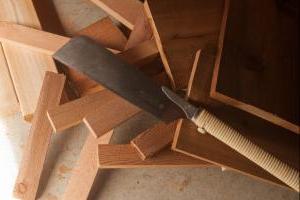The Dutch auction system, which has become known to the masses, still raises many questions. How does the auction work? What are its advantages and features in comparison with the classical model?
Auction Stages
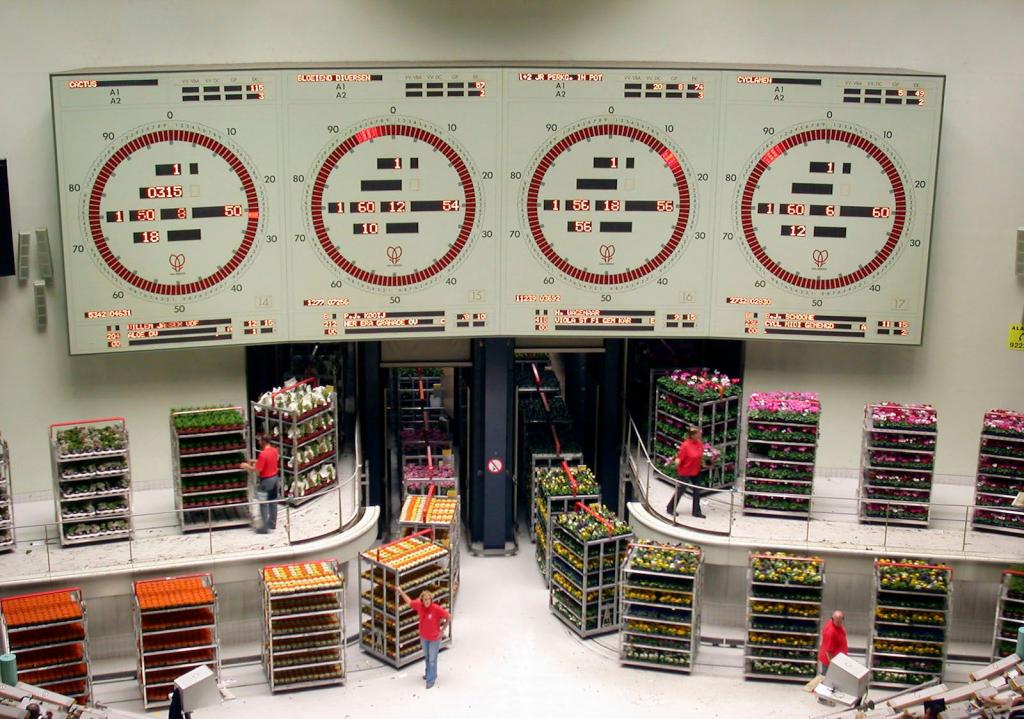
The Dutch auction procedure is divided into three stages:
- Dutch stage.
- Submission of closed price offers.
- Presentation by the winning participant of the first stage of their price offer.
Each stage has its own characteristics, which may become decisive for bidders. The event starts at 9:30 and ends at 17:00. This time is enough to carry out all stages and determine the winner of the auction.
First stage
It implies a gradual decrease in the price of an asset - by 1% every 5 minutes. According to the rules of the Dutch auction from its start, you can immediately determine by what amount the lot value will be reduced. This is very convenient for the participant, since he can determine the price acceptable for himself and understand when he needs to place a bet through his personal account.
At this stage, the total number of registered participants or the number of participants viewing the auction is not indicated. This ensures the principles of fair competition and equality.
The victory in the first stage of the Dutch auction is strategically important and becomes an indisputable advantage for participating in the subsequent stages. The participant who stopped the stage can view the bids of the other participants and make their own, thereby completing the auction.
Second phase

Demonstration of hidden price offers. At this stage of the Dutch auction method, registered participants enter the game with the exception of the winner of the first stage, which remains in standby mode. All participants submit their bets within 10 minutes, which cannot be less than the price set during the first stage.
The Dutch auction method implies that all bidders' names, like bids, are closed. Both participants and users can see the price at which the first stage stopped, since they can place bids no lower than the set price, taking into account one step of bidding.
Third stage
It takes five minutes. During this time, the winner of the first stage makes a decisive bet. Bets of other participants open at the last stage, however, the names of participants remain closed. The advantage of the first winner opens precisely in this round, since he can take the last step. However, he is not obliged to do it.
The system of the Dutch auction after the completion of the last stage automatically determines the winner - the participant who has set the highest bidder. Simple at first glance, the procedure has its own characteristics and subtleties, which may turn out to be decisive. For this reason, they are determined before the start of bidding in order to avoid force majeure situations in which the slightest mistake by the participant may lead to the loss of agreement.
Advantages of the Dutch auction
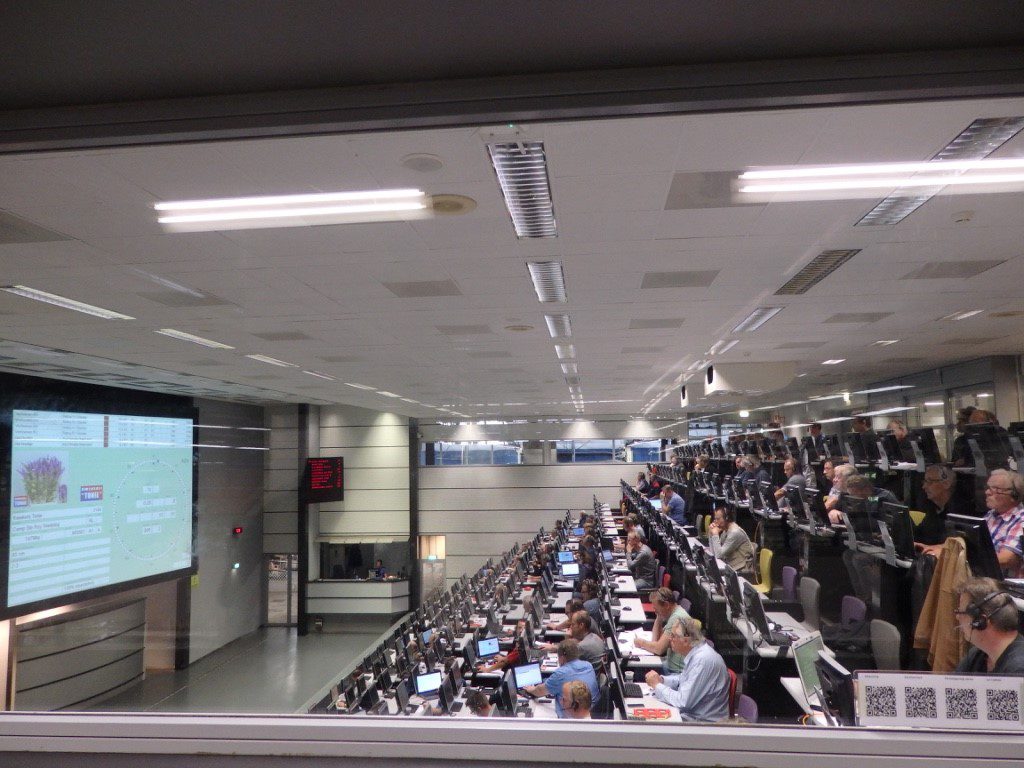
Open Dutch token sale allows you to sell the property in one day. Classic auctions suggest a gradual decrease in value at individual auctions, the maximum number of which is eight. This Dutch opportunity is beneficial for the sale of banking property, since its liquidation is limited in time. In addition, banks have thousands of assets and a limited number of employees, so announcing all property at auction at a time allows you to optimize the process.
The Dutch auction gives the bidder the opportunity to register a bid on the day of the auction.In the case of the classic auction, the registration time is limited to 20:00 on the last day of the acceptance of bids.
The original characteristic of the Dutch auction is that the winner of the auction is determined when attending the auction by only one participant. If the first stage of the auction was stopped by one participant, and after registered participants did not appear, the first will be automatically determined by the winner. This approach allows you to quickly sell assets.
The difference between Dutch and traditional auctions
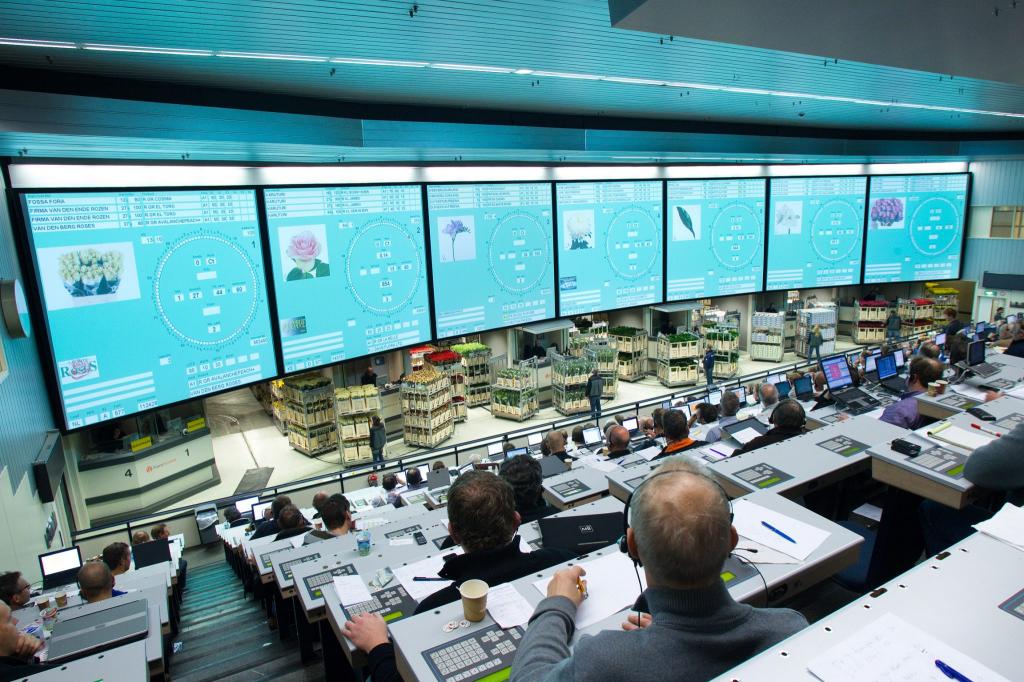
Advocates of the Dutch auction believe that such a model has advantages in comparison with the classical model. A traditional auction means selling a certain number of tokens at a fixed cost. Fair trading is ensured by the same value, the hype is mitigated by a gradual decrease in prices, and a fixed number of lots gives certainty to buyers.
Single price
Participants in the Dutch auction are provided with tokens at the same price and in an amount equal to their rates, regardless of the price of supply and demand at the time of fixing bids.
Buyers at a traditional auction also receive tokens at the same price, but buyers with bonuses or discounts become an exception.
Fixed number of tokens
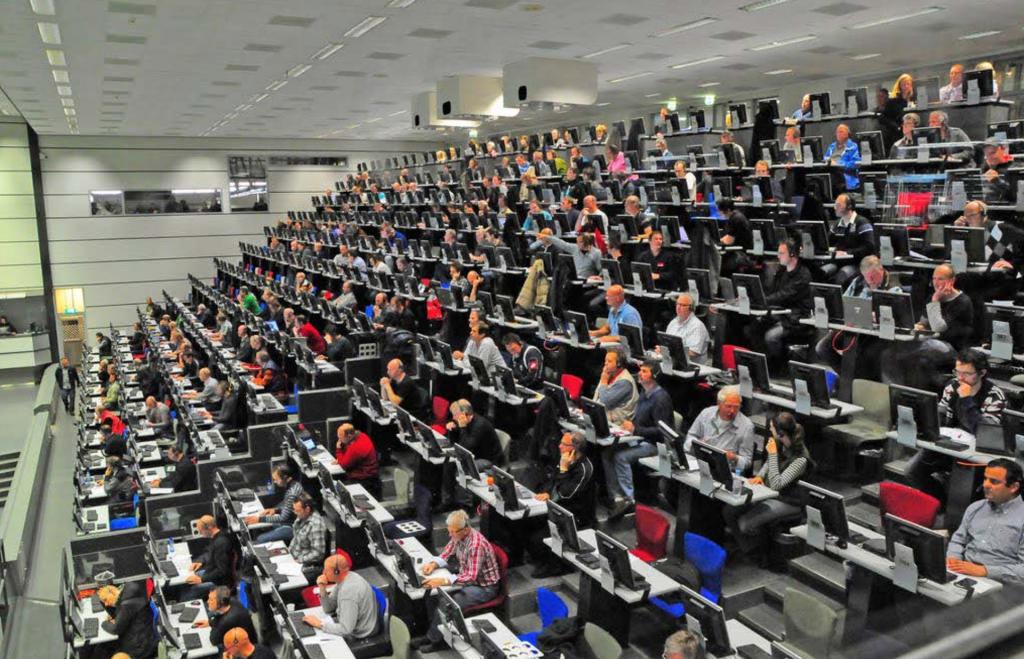
Auction participants, using the limit on the maximum number of lots, can predict what percentage of the total number of tokens will go to them.
The Dutch token sale in this regard does not differ from the classical one: for example, the limited-emission token sale model was more common in early 2017. In the same traditional auction, the buyer knows exactly what share in the total token offer belongs to him, while in the Dutch token sale the participant cannot know how many tokens he will receive for his bid.
The more bids will be made at such an auction, the less lots will be given to each of the participants. However, it is not possible to determine the exact number of bets in advance. From this point of view, it is better to make bids closer to the end of the auction - such a step will give the buyer the opportunity to more accurately assess their share in the general offer of lots.
Mitigation

The Dutch second-price auction schemes are used to reduce the hype and satisfy a larger number of buyers, since a fixed number of lots is distributed among the participants.
It is difficult to name a new approach. Prior to the appearance of the ICO term, in January 2014, a 200-day Angelshares token sale was held, on which a certain number of tokens were sold every day without a fixed cost. 5000 AGS were put up for sale daily, and customer bids were left in PTS or BTC.
All AGS put up for sale at the end of the daily round were distributed among buyers at the cost calculated by dividing the amount accumulated for all applications by a fixed number of tokens. The Dutch auction is different in that it closes when the same price is reached, and not after a fixed amount of time.
Conclusion
So, the Dutch auction is carried out according to the following scheme:
- A fixed number of lots at maximum cost is put up for auction. As a result, at the beginning of the auction, the token capitalization will be maximum.
- The offer price of a lot decreases over time, which, accordingly, lowers its capitalization. Moreover, the price of demand increases as the total amount of all rates increases.
- The auction closes when an equilibrium price is established at which all the lots put up for sale are distributed among buyers according to the value of their bids.
A Dutch auction is the best option for the quick sale of a large number of products.






